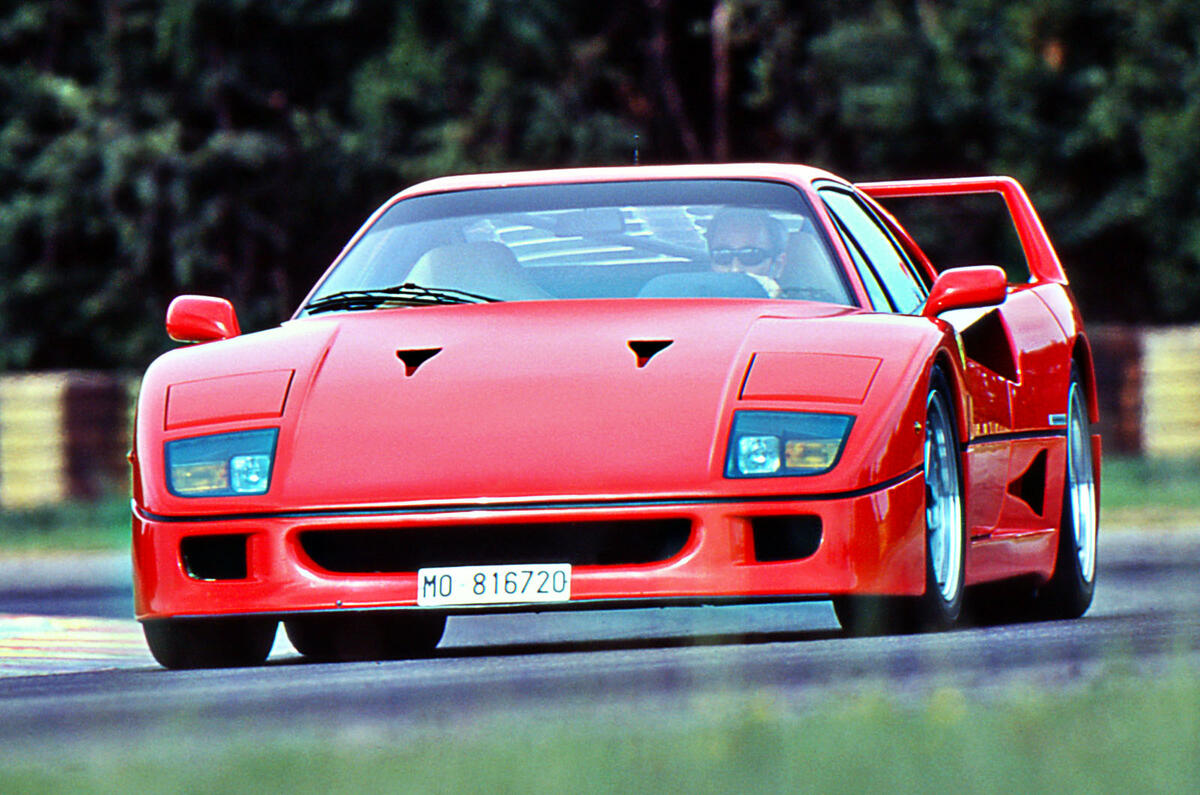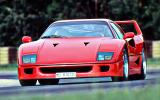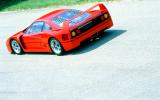How easy it is! After all the anticipation, all the trepidation, all the wariness about driving the fastest Ferrari ever built for the road, it turns out to be such an effortlessly stirring experience.
Wariness? Well, the twin-turbo V8 just behind the F40's seats punches out 478bhp at 7000rpm. Its torque is a staggering 425lb ft at 4000rpm and all of this is in a two-seater weighing just a couple of hundred pounds more then a Golf GTI.
From the passenger seat, I'd gained a clear idea of what that means in neck-snapping acceleration. It wasn't just the brute force of the propulsion.
Above the snarl of the engine I'd heard the intermittent chirping of the rear race-bred Pirellis as they were pushed, despite their 13-inch width, to the verge of wheelspin all the way through first and second and into third.
And, just before it was my turn to squeeze into the driving bucket and cinch up the racing harness, Ferrari test driver Doriano Borsari happened to mention that he'd recently clocked the F40 at a two-way average of 202.5mph.
This past winter, as the Ferrari has run through its final development stages, there have been a few changes to the car we first experienced last year. Named to commemorate 1987's 40th anniversary of Ferrari, the F40 began as an idea less than two years ago and took to the test track this time last year.





























































